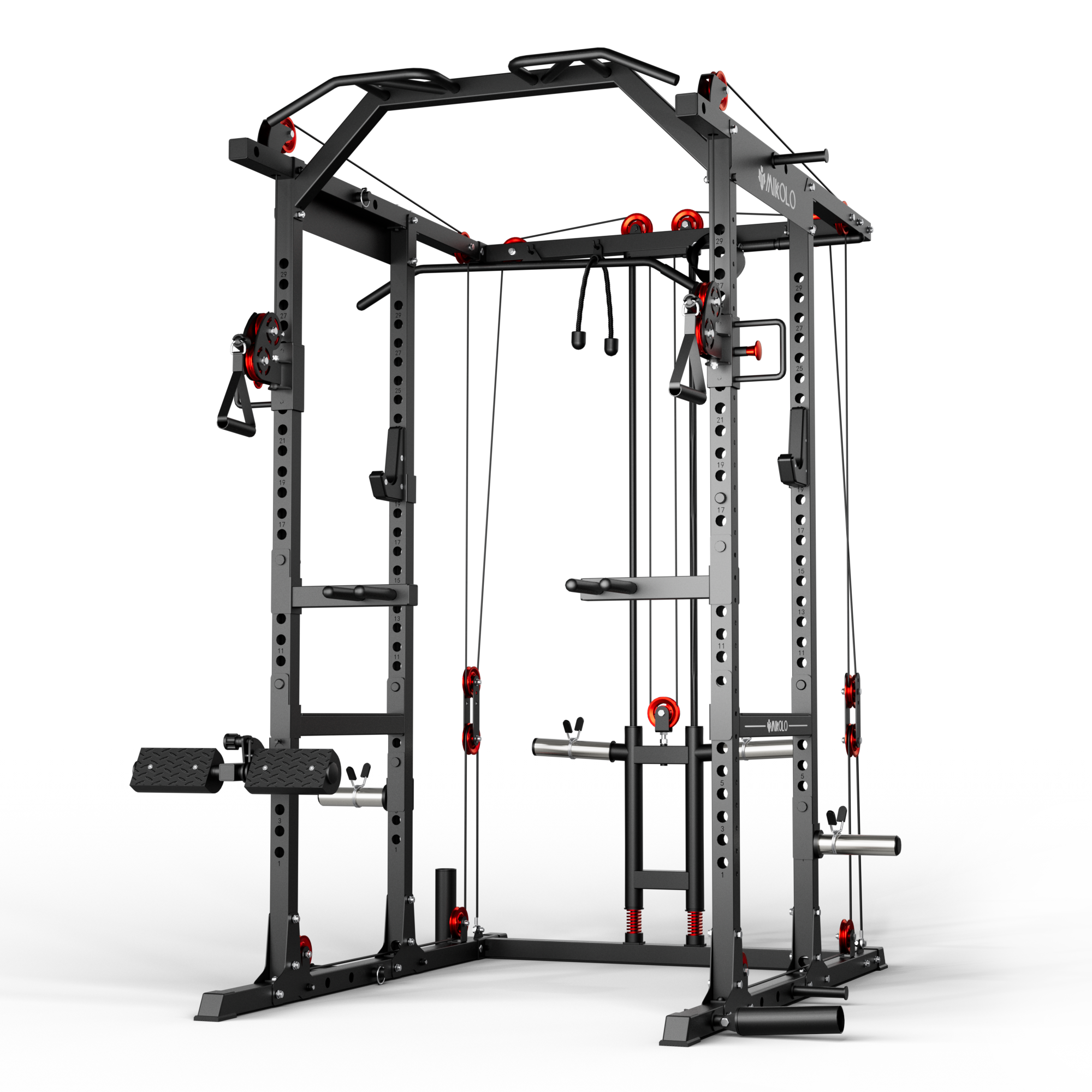When we talk about the roots of modern weightlifting and strength training, few names stand as tall as Alan Calvert and his pioneering Milo Barbell Company. In a time when physical culture was still a novelty in America, Calvert laid the groundwork for what would become a global movement in strength and fitness.
The Vision Behind the Milo Barbell Company
Founded in 1902, the Milo Barbell Company was the first of its kind in the United States. Alan Calvert wasn’t just selling equipment—he was selling an idea: that strength could be built progressively and systematically, not just born or inherited. The company's flagship product, the Milo Barbell, was revolutionary. Unlike the fixed dumbbells and circus-style globes of the time, Milo Barbells were adjustable, allowing users to increase resistance incrementally—an innovation that forms the basis of modern progressive overload training.
But Calvert’s contribution didn’t stop at equipment. Through his writing, particularly in Strength magazine (launched in 1914), he helped spread principles of proper training, recovery, and discipline. He challenged the pseudoscience and "strongman showmanship" that dominated physical culture, favoring instead a more scientific and methodical approach to gaining strength.
The Milo Barbell Club: More Than Just Lifting
In the early 20th century, Calvert formed the Milo Barbell Club, a community of lifters who believed in purposeful, disciplined training. Membership in the club wasn't just about owning a barbell—it was about a commitment to self-improvement. The club encouraged lifters to track progress, share methods, and promote ethical strength-building practices.
In many ways, this early community was a forerunner to today’s strength training forums, powerlifting teams, and online coaching groups. What makes the Milo Barbell Club significant even now is how it fused equipment, philosophy, and camaraderie into one unified identity.
A Personal Reflection: Training the Milo Way
I remember the first time I came across an original Milo barbell in a vintage gym tucked away in rural Pennsylvania. The iron was pitted from decades of use, but the feel was unmistakable—solid, balanced, no-frills. That moment took me back to Calvert’s writing, where he emphasized that results didn’t come from gimmicks, but from consistency and effort.
That encounter reshaped my view on lifting. I began integrating more minimalist training cycles, focusing on compound lifts with simple, rugged gear. No machines. No mirrors. Just weight, gravity, and grit. And you know what? My strength jumped. More importantly, so did my respect for the history behind what we do in the gym every day.
Why It Still Matters Today
In an industry flooded with quick fixes and shiny tech, the story of Milo Barbell reminds us of what truly works: progression, discipline, and belief in the process. Alan Calvert may not be a household name anymore, but his influence lives on in every adjustable barbell, every structured program, and every lifter who knows that strength isn’t given—it’s earned.
So next time you grip a barbell, think about where it all started. You’re not just lifting steel—you’re carrying on a legacy.














































Leave a comment
This site is protected by hCaptcha and the hCaptcha Privacy Policy and Terms of Service apply.